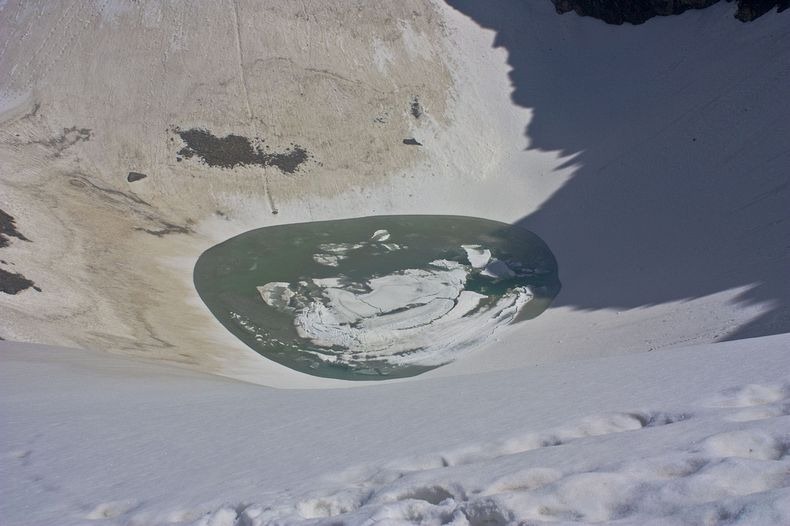When the ice melts, hundreds of human skeletons are seen below the surface or floating in the waters.
But radio-carbon tests on the corpses in the 1960s belied this theory.
The tests vaguely indicated that the skeletons could date back to anytime between the 12th and 15th centuries.
This led many historians to link the corpses to an unsuccessful attack by Mohammad Tughlak on the Garhwal Himalaya.
Still others believed that the remains were of those of victims of an unknown epidemic.
Some anthropologists also put forward a theory of ritual suicide.
Their findings also revealed that the bodies belonged to a much earlier time than previously thought.
Carbon dating put the date around 850 AD.
The absence of injury in any other parts of the body meant that the strike came from above.
The group consisting of 500 to 600 people were most likely pilgrims.
With no shelter in the open Himalayas, many, or possibly all of them, perished.
The icy waters preserved their bodies for hundreds of years.

Some of them even had hair and nails as well as pieces of clothing intact.







